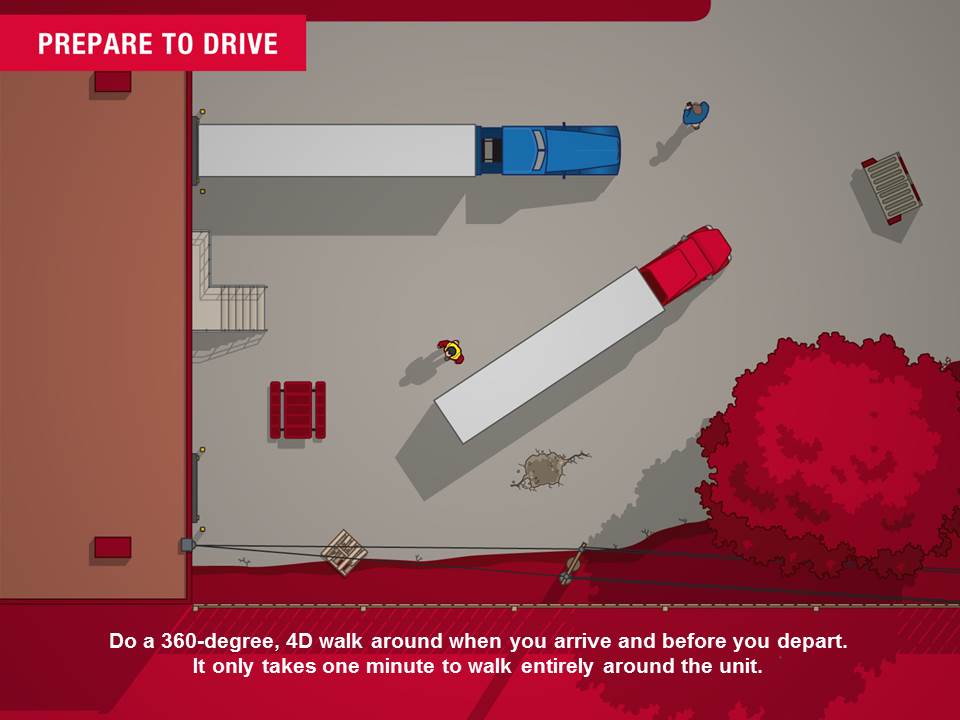The first of the Megasafe7 Rules of Safe Driving is Prepare to Drive. One major aspect of preparation is making sure you are well-rested for your shift. Fatigue is dangerous; it is a main factor in many accidents.
There are two times a day when fatigue is most likely to hit. These times occur during the early morning from 2 – 6 a.m. and during the afternoon from 2 – 5 p.m. You must recognize your early warning signs of fatigue. Don’t wait until it’s too late. One significant danger is microsleep, during which your eyes are open but your brain is not processing information. You may find yourself drifting in the lane; this is a sign of a micro sleep. If this happens, it is past time to get off the road.
To ensure you receive the proper amount of rest—and quality sleep—follow these tips from the Mayo Clinic.
- Have a consistent sleep schedule that you stick to, even on days you’re not working. This will help you achieve high quality rest by reinforcing your body’s sleep-wake cycle
- Pick a bedtime ritual that will help you relax and signal to your body that it’s time to sleep soon
- Create an ideal environment for sleep; this is typically a cool, dark and quiet space
- Limit the amount and length of naps you take as these can interfere with your normal sleep patterns
- Physical activity during the day can help you fall asleep sooner and reach a deeper level of sleep. However, don’t exercise too close to bedtime or you might be too energized to fall asleep
- See a doctor if you have persistent issues with falling and staying asleep. It may be a symptom of a more serious condition such as diabetes or sleep apnea
